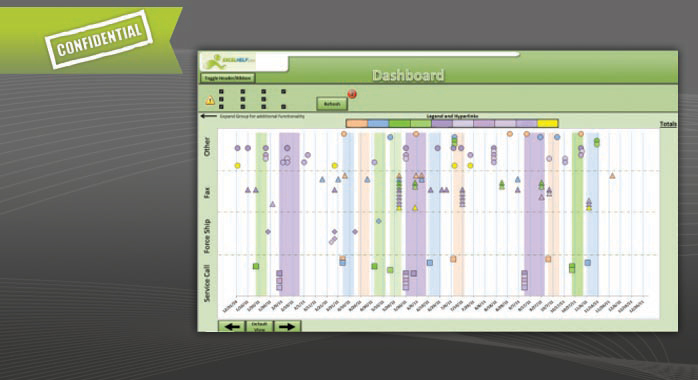What is VBA?
VBA stands for Visual Basic for Applications. It is the tool used to create programs that can control Microsoft Excel.
VBA is not to be confused with Visual Basic (VB). That’s an independent programming application. While each of these applications has similarities, they are quite unique in their own right. For the purpose of this article, we’ll focus on VBA.
What Can VBA Be Used For?
Microsoft Excel has found itself to be most useful in the business world, with the VBA software, you can keep track of your books by budgeting and forecasting data to determine a 5 to 10+, year outcome. You can create invoices or any other type of form imaginable, and incorporate graphs and charts. Even the not-so-complicated things can be better kept in order like keeping a list of important items, names, birthdays, holidays and more.
Sometimes, there are tasks that require a little more work. While you may have an employee who is a genius in Excel, if he or she doesn’t know VBA, then you might be wasting a considerable amount of time and money. VBA allows you to automate the functions on your Excel spreadsheet, a procedure that might eliminate a considerable amount of work hours.
What Exactly Can VBA Do?
VBA can cut your work time in half! For instance, if you’re trying to keep track of how much time your employees are spending on projects, you can create a VBA macro that can tally the hours for each project your employees worked on. A macro is name or key that represents a list of commands. With VBA, you can custom design a specific string of commands that you want your Microsoft Excel application to do.
You can determine from that point if too many hours or not enough was spent on a certain project. You can also see if your employees are putting in enough productive hours. If you so choose, the VBA can also provide a daily, monthly, or weekly printout for you. It’s all about what you can do to make your operations run fast and most importantly, efficient.
VBA Descriptions
Incorporating a VBA macro isn’t as complicated as it may seem. Here is a list of useful descriptions for VBA macros.
Creating a Command
Just like there is a SUM command in Excel, you can create your own. It doesn’t have to be related to numbers. It’s all about reducing the amount of time you spend on work. So, if there’s a string of steps that you find you’re using often, why not turn that into just one command? ExcelHelp.com can help you do this with VBA.
Text String
You can also set your macro up to automatically insert text as well. If you find that you’re constantly typing in the same names for whatever kind of spreadsheet you’re using, you can set up a macro that automatically types in the names for you. This is especially helpful when typing in company names.
Automating Frequent Tasks
Just like the example of tracking employee hours, the possibilities of what you can do to automatically execute commands in your Excel spreadsheet are limitless. If you know how to use VBA, all you have to do is do an analysis of your company’s daily operations and determine how you can streamline these processes with a VBA macro.
Create Your Own Menu
Microsoft Excel offers a wide array of functions to help your business, but the truth is, you probably won’t need them all. With VBA, you can customize your Excel spreadsheet to display only the items you and your employees will actually use. This makes for a cleaner workspace that is easy on the eyes and quicker for users to execute.
For more information about VBA Excel programming, contact the professional experts at ExcelHelp.com today at 1-800-682-0882 or schedule a free consultation with us online.
